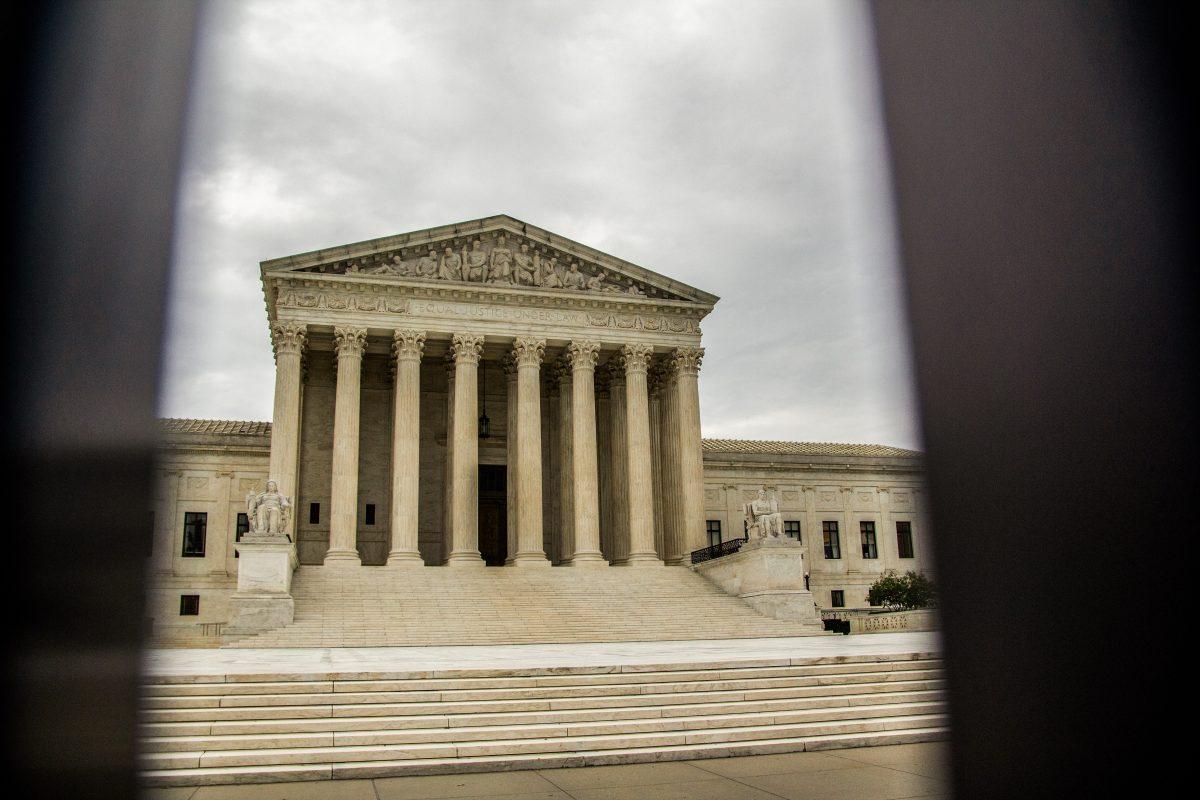Affirmative action is dead. On June 29, the Supreme Court struck down race-conscious university admissions in the landmark 6-3 decision in Students for Fair Admissions, Inc. v President and Fellows of Harvard College.
Without getting too lost in legal jargon, the main argument from the court is that affirmative action programs “lack sufficiently focused and measurable objectives warranting the use of race” and the use of racial stereotyping “cannot be reconciled with the guarantees of the Equal Protection Clause.”
Though the ruling sets the foundation for a fair, individualized admissions process, prominent figures such as Vice President Kamala Harris and former First Lady Michelle Obama continue to criticize, arguing that the decision disadvantages minority applicants.
But their anger is misplaced.
It goes without saying that it isn’t just race that gives certain applicants a “plus” during the admissions process, but rather the unique challenges and difficulties they might have faced as a consequence of their race. The problem with affirmative action is that it doesn’t reflect these individual nuances.
For instance, in Harvard’s admissions process, admissions officers cull the final, or “lop,” list by looking only at legacy status, recruited athlete status, financial aid eligibility and race. So, instead of your race playing a unique role in your life, it’s reduced to nothing more than a stereotype in the form of a checked box.
Regardless of presumably good intentions, this application of affirmative action is a form of racial generalization. To associate some races with characteristics that give them a ‘plus’ by default means others get a minus. This sort of myopic worldview is drawn solely from an applicant’s skin color and excludes their individual experiences. Two discriminatory wrongs cannot make a right.
Not only is affirmative action fundamentally unjust, but the immediate ramifications of this ruling aren’t as horrible as the media has made them out to be. The change in the status quo is actually empowering because the burden of showing what your racial background means to you has simply shifted from admissions officer to applicant.
For instance, Chief Justice John Roberts writes that an applicant can discuss how race affected their life “so long as that discussion is concretely tied to a quality of character or unique ability that the particular applicant can contribute to the university.”
As such, applicants still can and absolutely should write about their race if it played a significant role in who they are today. If you faced hardship or discrimination as a consequence of your race, write about it. If you have an uncommon background that you feel will enrich your school or work environment, write about it.
The only consequence of this ruling is that universities can no longer solely use an applicant’s race as a deciding factor. Individuals are the sum of their unique experiences, challenges and accomplishments. Their race should not be used as a heuristic that categorizes them into narrow-minded and oversimplified stereotypes.
As such, we should switch our focus to the fairer alternatives to affirmative action that are still left to be explored.
When Prop. 209 was passed in California, the nation’s first ban on affirmative action in public schools, UCLA spent millions on outreach programs that eventually brought back up minority enrollment to pre-Prop. 209 numbers. In fact, the UC system brought up its African-American and Latino enrollment to 39%, more than double what it was in 1998.
While race-neutral policies such as The Top 10% Plan aren’t standalone solutions, they certainly help level the playing field and can be used in tandem with nonprofits that help underrepresented groups access higher education. No policy is perfect, but efforts like these have already begun to show progress.
With the demise of affirmative action, it’s time to set our sights on another menacing form of admissions discrimination: legacy.
43% of the white students in Harvard alone are either legacy, athletes or related to donors/staff. Another study estimates that anywhere from 25 to 35% of admitted students at Ivy League schools come from a family with legacy status. For schools with acceptance rates in the single digits, this is no small feat.
Whether it’s negative or positive, treating an applicant differently simply because of their race is discrimination. It follows then, whether negative or positive, to treat an applicant differently simply because of their parents’ monetary contributions to a school or whether or not said parents attended that school is also a form of discrimination.
Admissions committees are now stripped of the power to abuse applicants with their reductionist views of race. Let’s use our own power to go after legacy next.
Isabella Garcia is an economics sophomore and opinion writer for The Battalion.




























